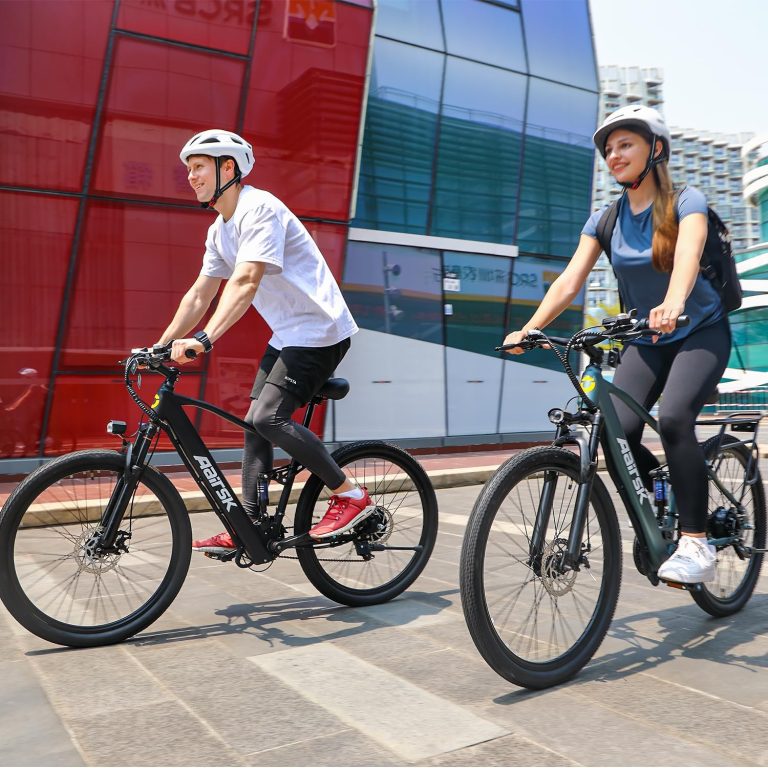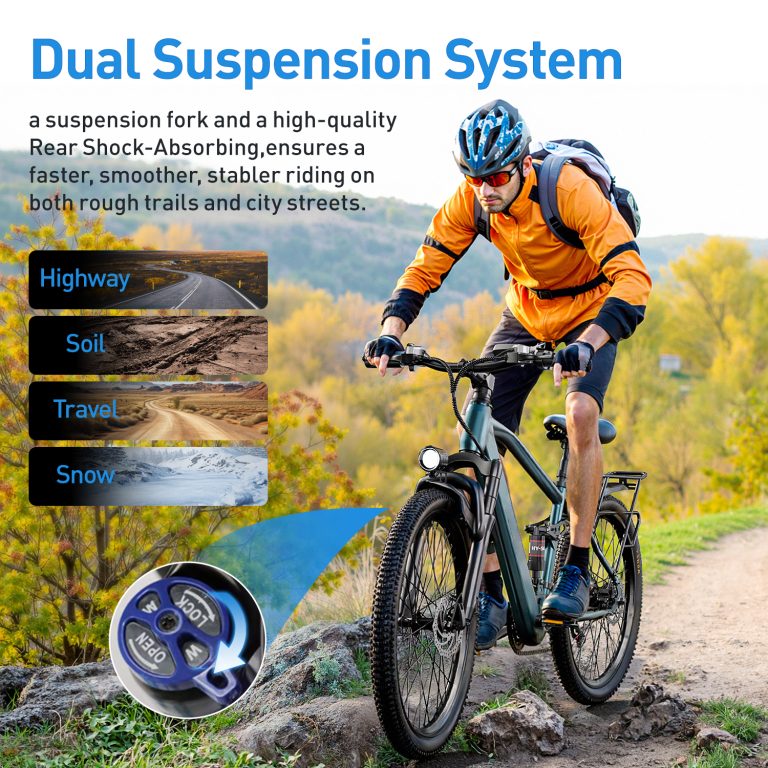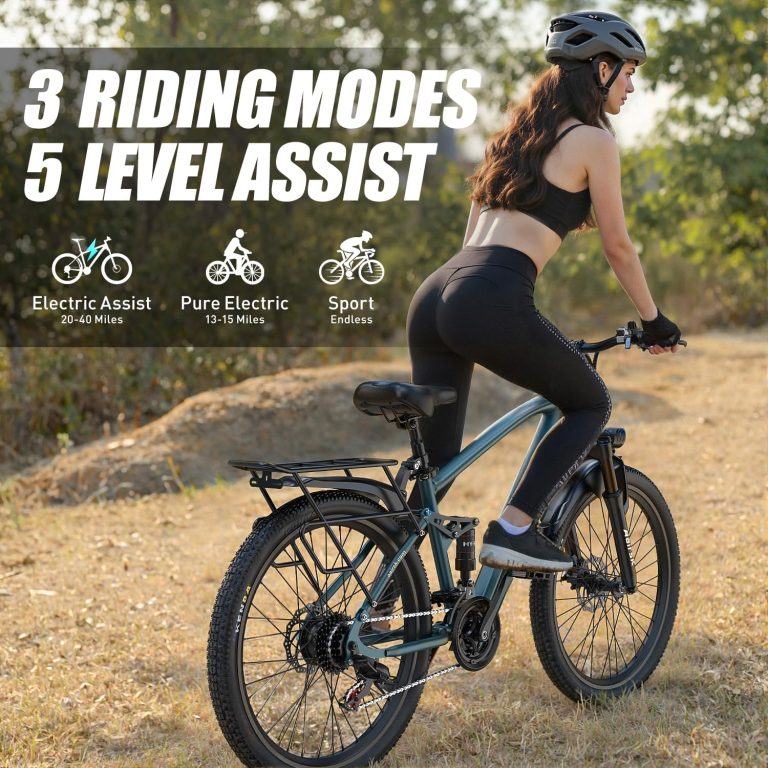Riding an e-bike in 2025 means staying informed—cities worldwide are updating regulations to keep up with the boom in electric mobility. From London to Tokyo, here’s what you need to know to ride legally (and safely) on your Aairsk.
London made headlines in March 2025 with its ban on non-folded e-bikes on most public transport, citing fire risks from uncertified batteries . The good news? Aairsk’s models, like the Compact-C, comply with the new rules, making them ideal for multi-modal commutes. Over in New York, a $2 million program lets delivery workers trade in uncertified e-bikes for UL-certified models—Aairsk’s Cargo-X is a popular choice here, thanks to its sturdy frame and safety features .
California’s Coronado has tightened restrictions too: since January 2025, e-bikes are banned from sidewalks, beaches, and parks, with fines up to $25 for violations . Riders under 12 are also prohibited from operating Class 1/2 e-bikes. Meanwhile, Tokyo requires all cyclists to carry liability insurance and register their bikes—Aairsk simplifies this with pre-registered frames and insurance partnerships for international riders .
Classifications matter. Most cities follow the three-class system: Class 1 (20 mph, pedal-assist only), Class 2 (20 mph with throttle), and Class 3 (28 mph, pedal-assist). Aairsk’s models are clearly labeled, but riders in NYC should note that Class 3 e-bikes are capped at 25 mph locally .
Staying compliant isn’t just about avoiding fines—it’s about safety. Aairsk’s built-in LED displays show real-time speed and battery life, helping riders stick to limits. As regulations evolve, Aairsk’s app sends push notifications about local rule changes, ensuring you’re always in the know.





